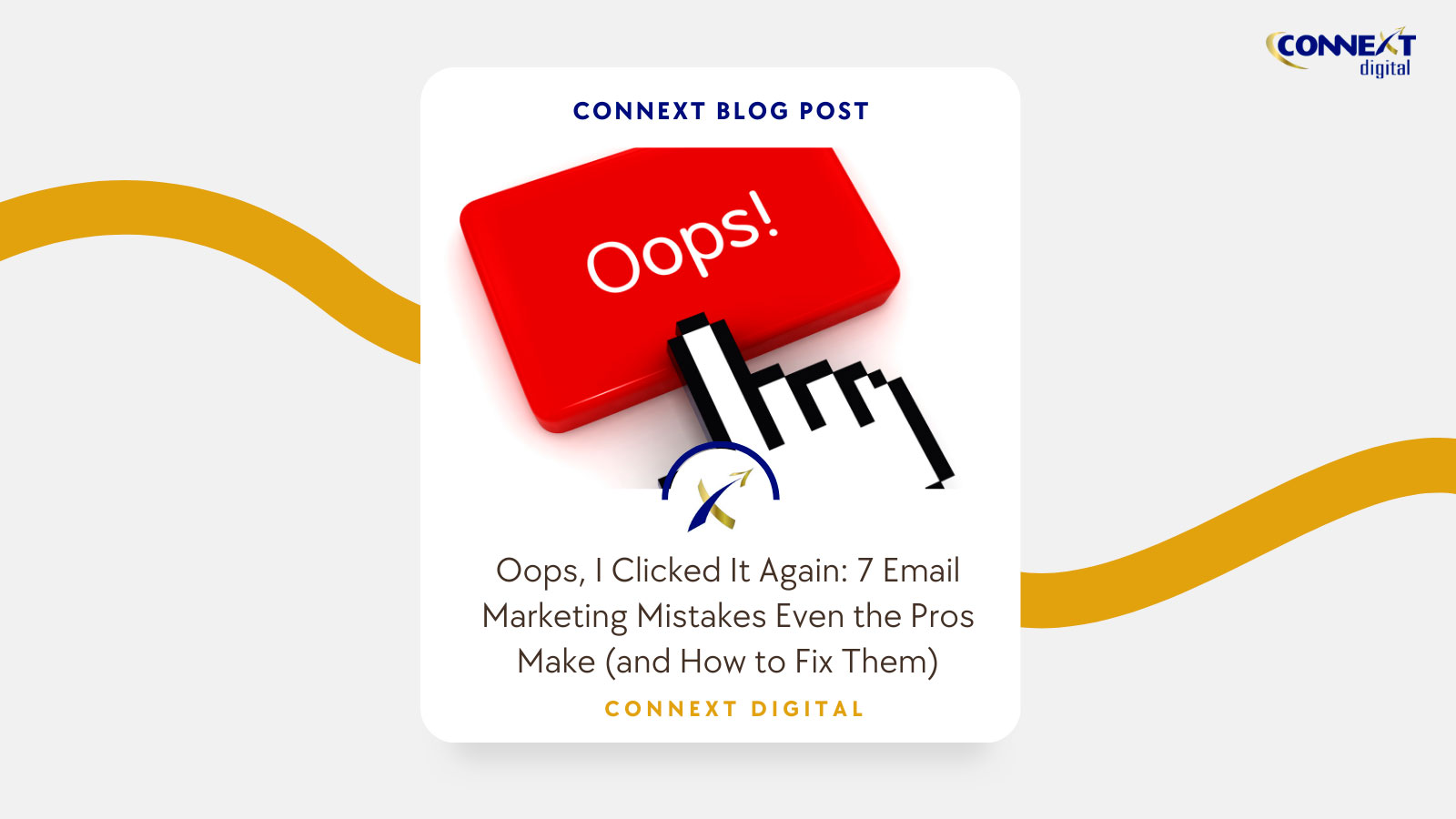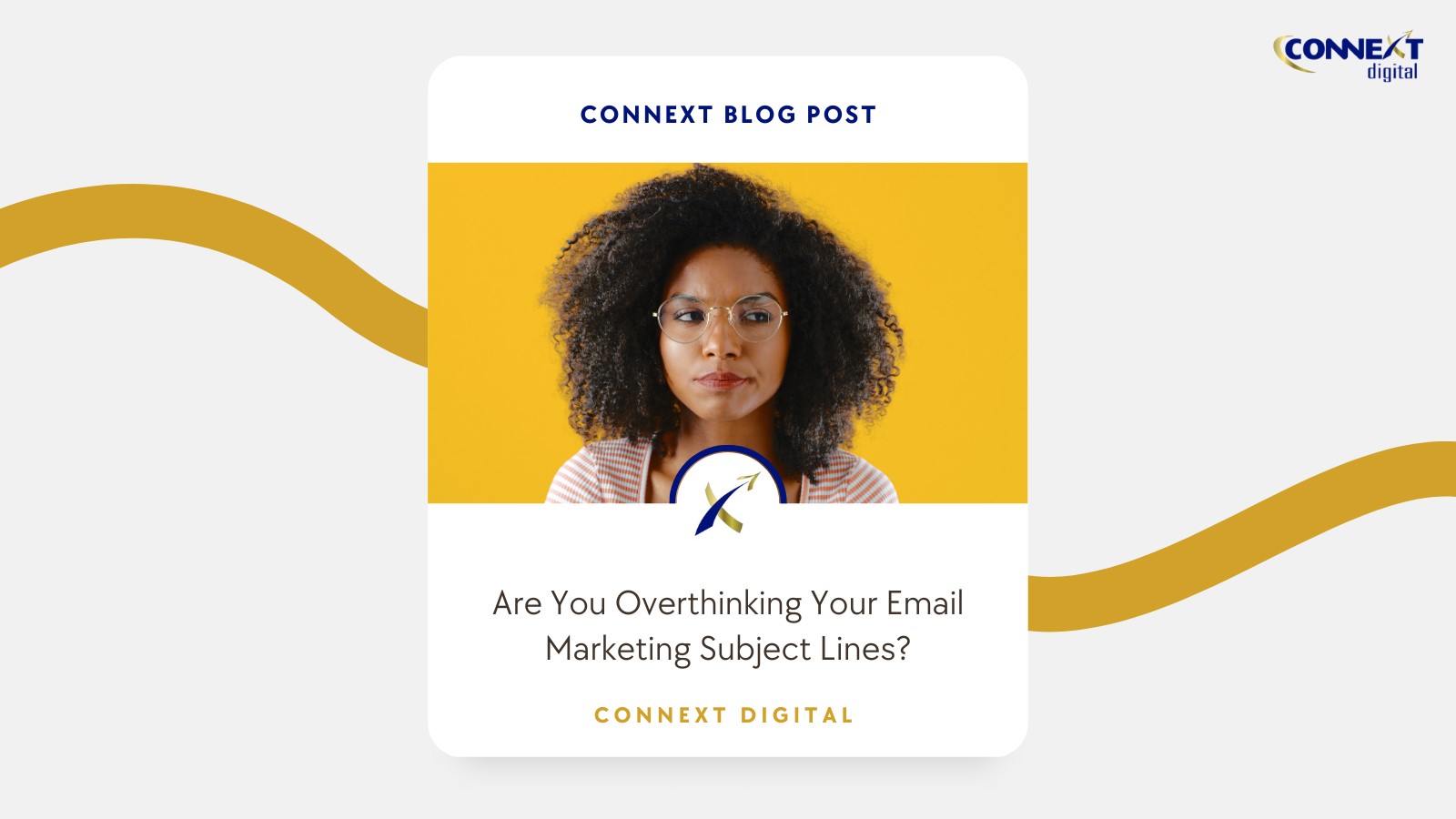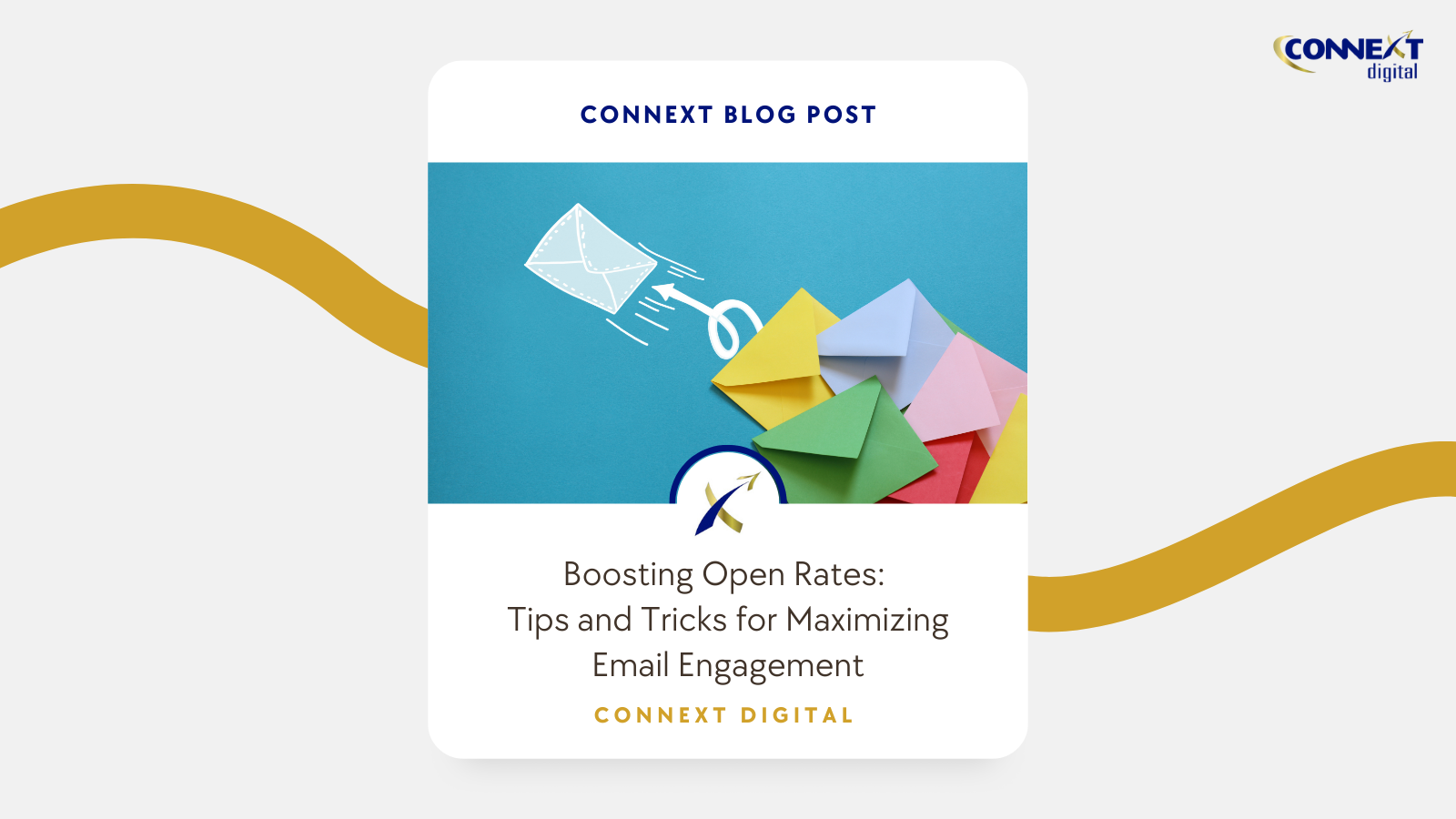
Programmatic Buying and Its Influence on Mobile Marketing
It’s no secret that automation has been making the lives of workers easier throughout the years. While some people tend to only think of it in the modern context of robots taking over jobs, this phenomenon has been happening for decades across different industries. This includes the digital marketing industry, particularly mobile marketing.
With so many tools to manage just so you can boost your brand’s digital footprint, the introduction of automation in mobile marketing was a welcomed improvement. Much of the online competition exists in this space now, with over one-third of ad dollars worldwide spent on mobile this 2019 alone. Naturally, marketers are feeling the pressure to create campaigns that sell to reach their targets.
One trend that has been making waves in the mobile marketing industry is programmatic advertising. Its growth over the past years has skyrocketed so much that research predicts almost 90% of digital display ads in the U.S. will go programmatic by 2020.
To better understand how this is shaping the mobile marketing space, below are some fast facts on programmatic buying and its benefits.
What is Programmatic Buying?
Programmatic buying uses automated technology for media buying in real-time. It relies on algorithms and software to purchase, sell, determine placement, and optimize digital ads. Traditionally, marketers have had to request proposals, prepare insertion orders or ad tags, among others, which, over time, could pile and take up the time marketers need to focus on other essential tasks.
Simply put, programmatic advertising has allowed the buying and selling of ad space online without the need for human intervention. Ideally, mobile marketers will be able to better devise, target, and optimize ad campaign strategies because of this.
The Benefits of Programmatic Buying
-
Real-time tracking
Every marketer out there wants to see how effective their current ad campaigns are doing after its launch. Real-time reports and data measurements are made possible with programmatic advertising. There’s no need to wait until the end of your campaign before finding out if it worked or not.
-
Faster workflow
Since the automated workflow clips a few steps in the media buying process, marketers now have the time and headspace to execute more useful and creative material. In turn, this increases your chances in grabbing your prospects’ attention and harvesting results in your ads.
-
More transparency and control
Programmatic buying allows marketers to see which sites their ad campaigns are being displayed on, the demographics of the user it’s being shown to, and the cost per click associated with it in real-time. This allows for better optimizations and quick adjustments based on data, so you can make sure you’re maximizing your budget correctly.
-
Accurate targeting (and re-targeting)
Included in the list of benefits you can get from the automated nature of programmatic buying is the ability to target your custom audience intelligently. The flexibility of the platform makes it possible for marketers to get their message across to people that matter for their business. Some tactics include IP targeting, contextual keyword targeting, and even retargeting techniques for higher conversion rates.
-
Wider audience reach
With 5.11 billion unique mobile users in the world today, the potential of reaching a broader audience has never been more possible. With smart optimization settings in a few clicks, the combined exposure of your ads can total to millions of people. Since it’s trackable, you can dive deep into data such as the location with most impressions, the demographics of the viewer, and more.
How Does it Influence Mobile Marketing?
Programmatic advertising is the new standard when it comes to web-based advertising. Mobile marketing spend is also steadily rising, and more digital marketers are focusing on this channel to grow their business. In 2018, mobile marketing ad spend reached 160 million U.S. dollars, and this figure is expected to reach 250 million by 2021.
- Quick results. Real-time Bidding (RTB) is the most popular form of mobile programmatic advertising, wherein the buying and selling of online ad placements are done auction-style before a webpage or app loads. This allows mobile marketers to manage several live campaigns right away.
- Optimized mobile ad production. Mobile is a powerful channel for audiences since it’s more personal. Programmatic buying considers and selects placements that are optimized for this channel, versus you having to create several ones for each.
- More room for creativity. Mobile programmatic advertising allows marketers to reach their peak creativity, creating content that will appeal to the specific group of people you’re looking to connect with. Programmatic advertising for mobile allows these customized ads to reach the desired audience, helping improve your ad campaign’s bottom line.
Programmatic is the Way Forward
Programmatic buying is showing no signs of slowing down, especially in the coming years. It’s essential to embrace the trend and integrate it into your workflow to boost and optimize your mobile marketing efforts. With customer experience, personalization, and automation all trending in digital marketing, it’s vital for your business to keep up with the rapidly evolving market.






